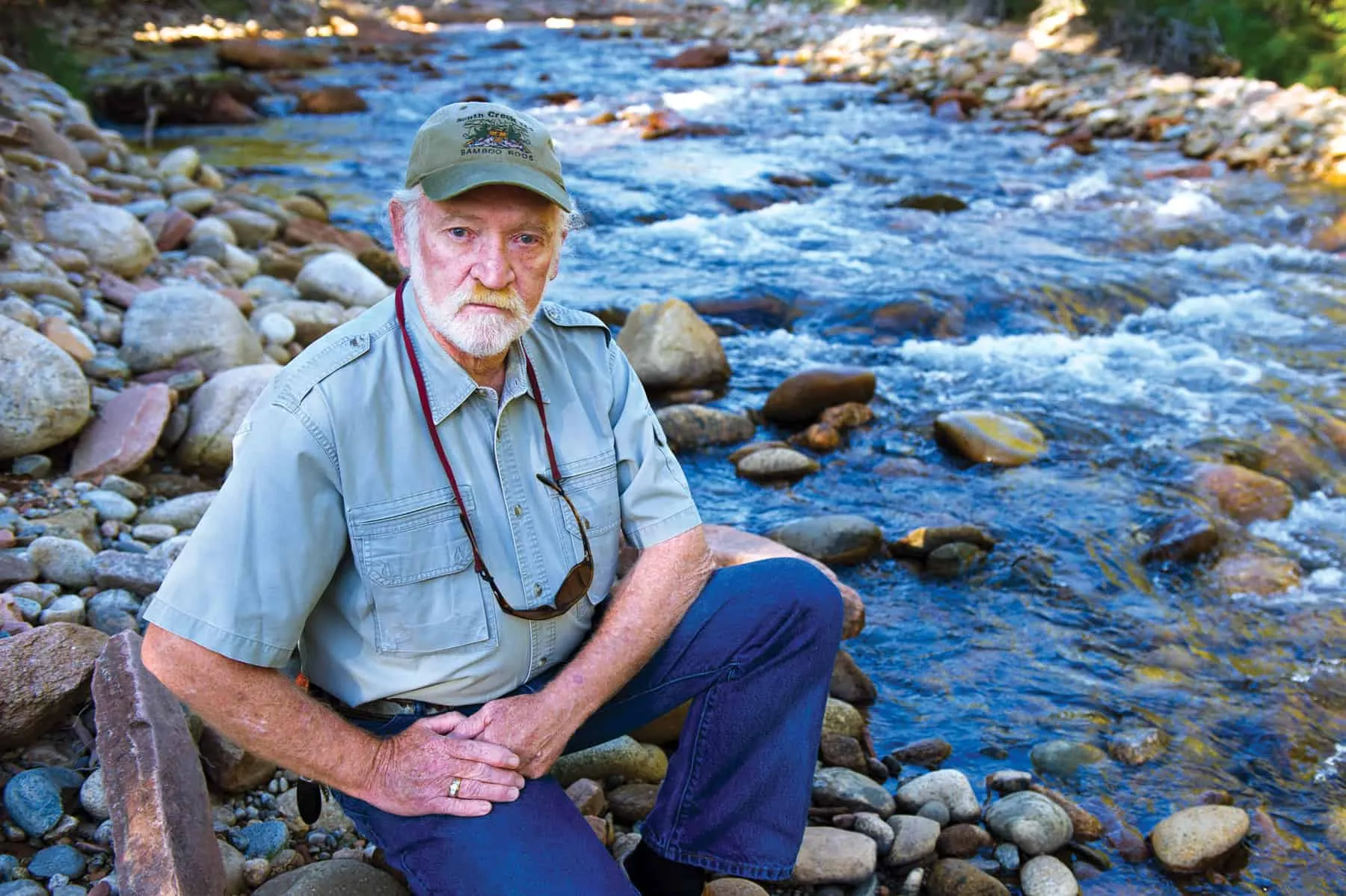Anglers await plan to restore flood-ravaged river

LYONS – Emergency repairs to the flooded St. Vrain River last year have led to a dramatic drop in trout populations, affecting fly-fishing businesses that rely on the river to guide clients and ultimately leading to a large estimated price tag for restoring the river.
The trout population in Lyons had dropped to just nine fish per mile in February, according to a combination of onsite and statistical reviews of the area, said Ken Kehmeier, senior aquatic biologist for Colorado Parks and Wildlife. That’s compared with 2,000 trout per mile in 2005 in the Lyons area and 800…
THIS ARTICLE IS FOR SUBSCRIBERS ONLY
Continue reading for less than $3 per week!
Get a month of award-winning local business news, trends and insights
Access award-winning content today!
